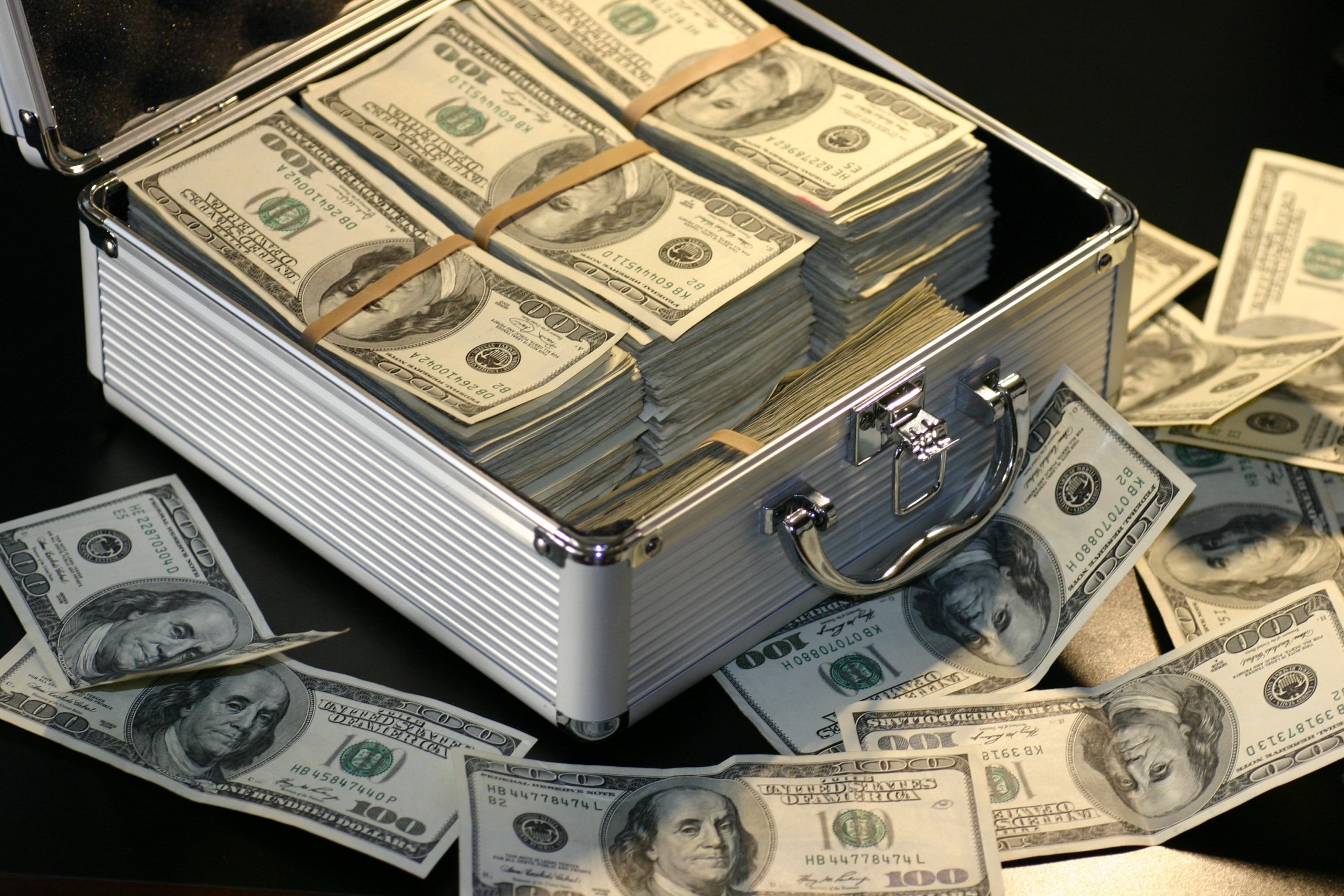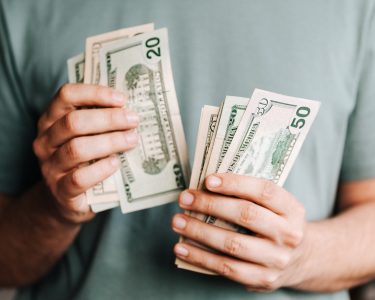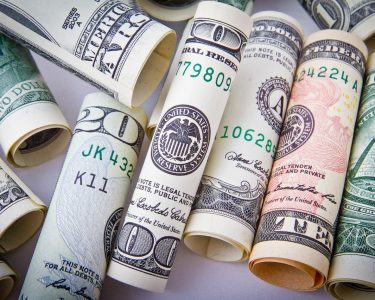In a world where financial markets ebb and flow like turbulent seas, investors are always on the lookout for alternative avenues to diversify their portfolios and safeguard their wealth. While stocks, real estate, and traditional investments remain dominant players, an emerging trend has captivated the discerning investor: art as an investment.
Art has long been a passion of collectors and connoisseurs, but in recent years, it has transcended its role as mere decoration to become a powerful asset class, offering financial returns that rival more conventional investments. With the art market experiencing unprecedented growth and a global reevaluation of the intrinsic value of creativity, it’s time to explore the fascinating world where art and finance intersect.
The Art Market: A Rising Star
Investing in art may seem like a departure from the norm, but it’s far from a new phenomenon. For centuries, the world’s elite have used art to preserve and grow their wealth. Today, however, the art market is accessible to a wider range of investors, and it’s proving to be a profitable endeavor. According to a report by Art Basel and UBS, the global art market reached $64.1 billion in 2021, demonstrating resilience in the face of economic turbulence.
Art as an Asset Class

What makes art a compelling investment? Like any asset class, it has its unique features and potential advantages:
- Tangibility: Unlike many investments that exist solely in digital or theoretical form, art is tangible. You can admire it on your walls, derive enjoyment from it, and still benefit from its potential value appreciation.
- Diversification: Art provides an additional layer of diversification to your investment portfolio, helping you spread risk.
- Non-Correlation: The art market doesn’t always move in lockstep with traditional financial markets, making it a useful hedge against economic downturns.
- Potential for Appreciation: While the art market can be volatile, the potential for substantial returns is real. Works by renowned artists have been known to appreciate significantly over time.
- Cultural Capital: Owning art can also offer you a sense of cultural connection and prestige, contributing to your identity as a collector.
Navigating the Art Market
Investing in art isn’t as simple as strolling into a gallery and picking out a pretty painting. It requires due diligence, research, and careful decision-making. Here are some key considerations:
- Education: Educate yourself about the art market, artists, and art history. A knowledgeable collector is a savvy collector.
- Expert Guidance: Consult with art advisors, appraisers, and experts who can guide you in making informed decisions.
- Quality Over Quantity: It’s not just about buying art; it’s about buying the right art. Quality matters, and investing in established artists with a proven track record can be a safer bet.
- Risk Management: Understand the potential risks, including market volatility, liquidity challenges, and the possibility of forgery.
- Diversification: Just as in traditional investing, diversifying your art portfolio can help mitigate risk.
The Art of Collecting
Art investing isn’t solely about monetary gains; it’s also about appreciating the beauty of creativity. Some collectors argue that the true value of art lies in its cultural and emotional significance. Investing in art can be a way of supporting artists and preserving their legacies for future generations.
The Creative Side of Wealth Building
Investing in art embodies the creative side of wealth building, where financial acumen meets artistic appreciation. It challenges the conventional notions of investing by offering a unique blend of financial opportunity and cultural enrichment. For those who are willing to embark on this creative journey, the rewards, both financial and personal, can be truly priceless. So, whether you’re a seasoned investor or a budding art enthusiast, it might be time to explore the world of art as an investment. After all, every masterpiece has the potential to become a masterpiece of your portfolio.




